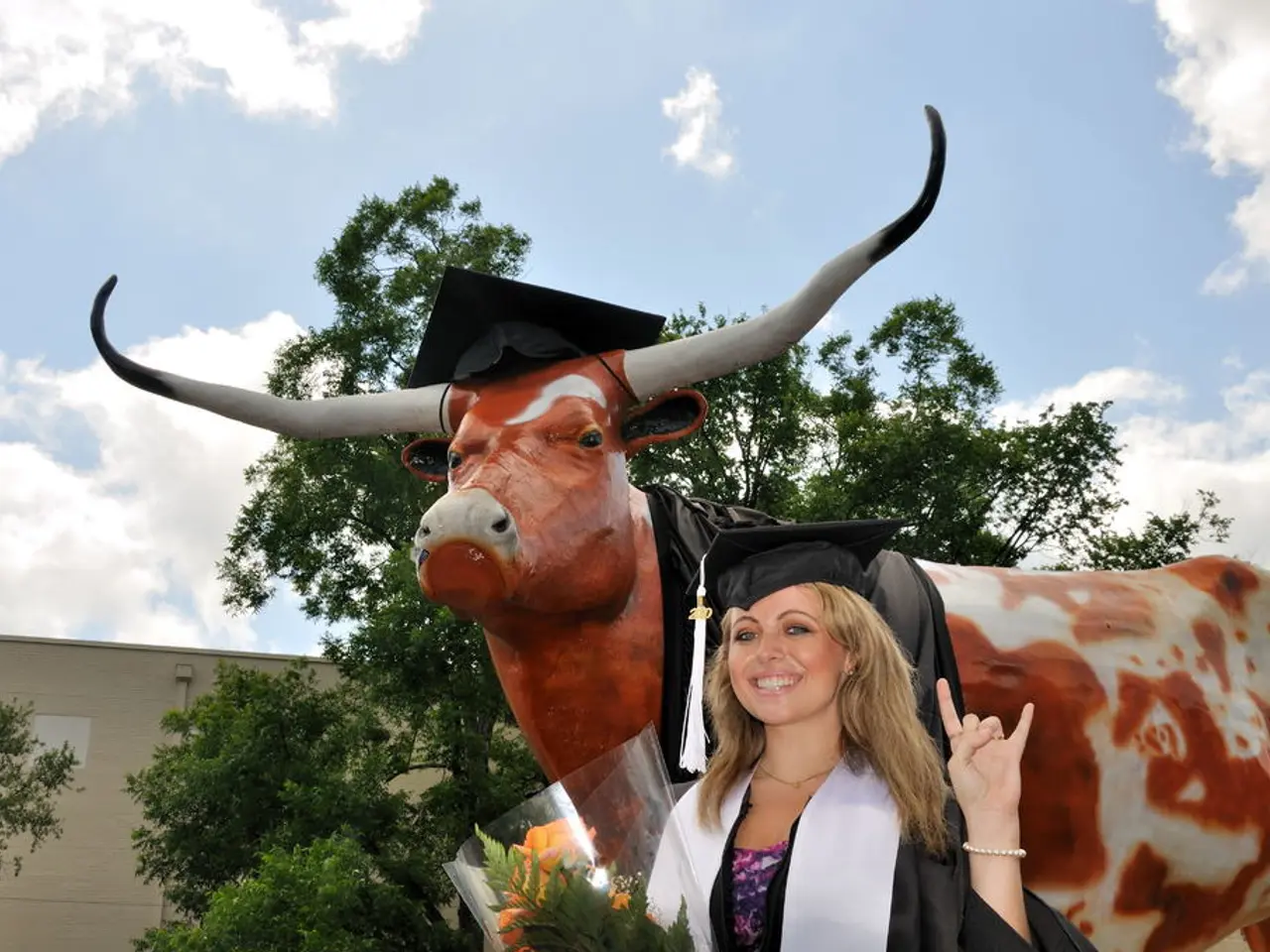Exploring the Possibilities of Giant Language Models in Artificial Intelligence
In the exciting world of Artificial Intelligence (AI), Large Language Models (LLMs) are leading the charge, promising a fascinating journey that is just beginning. As advanced algorithms capable of understanding, generating, and interacting with human language, LLMs hold untold potential for reshaping industries and enhancing human capabilities.
The author of this article, with an extensive background in AI, cloud solutions, and ethical computing, is no stranger to the transformative power of technology. With experience guiding customers through cloud solutions at Microsoft and working on machine learning algorithms for self-driving robots, the author remains cautiously optimistic about the future of LLMs.
LLMs mimic human-like comprehension and responses, and current advancements include enhanced reasoning capabilities, real-time fact-checking with live data integration, multimodal and multilingual understanding, and deployment in edge/on-device scenarios for privacy-sensitive applications. They increasingly demonstrate improved logical reasoning, memory, summarization, tone and style adaptation, and cross-lingual support, enabling more sophisticated, context-aware interactions and broader global reach.
The future potential applications of LLMs span numerous industries. In healthcare, LLMs could assist in medical imaging analysis, analyzing biomolecular data, aiding vaccine development, and supporting preventative medicine. In finance and banking, they could detect fraud and automate financial reports, while in the legal sector, they could search large legal datasets, draft documents, and support legal professionals in research and case preparation.
In marketing, LLMs could generate personalized content based on user behavior and sentiment, while in customer service, they could deliver personalized, real-time support through conversational AI and chatbots. In technology and software development, LLMs could enhance code generation, search engine queries, and software assistance.
Multimodal applications could integrate text, image, audio, and code understanding to support rich, interactive user experiences, while language inclusion efforts could improve digital inclusion globally through advanced cross-lingual models.
However, the development of LLMs also presents ethical, privacy, and security challenges. Navigating these challenges requires a commitment to progress, ethical considerations, and an unwavering curiosity about the unknown. Advances such as self-training, sparse expertise models, and better fact-checking are actively addressing existing challenges of bias, inaccuracy, toxicity, and static knowledge bases in LLMs.
The impact of LLMs on society necessitates a careful, balanced approach to their development and deployment, with a focus on ethical AI and bias mitigation. The author's personal journey emphasizes a pursuit of knowledge tempered with responsibility, a principle crucial in charting the course of LLMs in society.
As we move towards 2025 and beyond, LLMs are expected to transform productivity, automation, and accessibility across various sectors. The author looks forward to seeing the exciting developments and breakthroughs that lie ahead in this fascinating journey of understanding and harnessing the power of LLMs.
References:
- Future of Large Language Models
- The Future of Large Language Models
- Natural Language Processing
- What is Large Language Models?
- In the realm of education and self-development, Large Language Models (LLMs) could revolutionize learning by providing personalized, context-aware instruction, answering queries in real-time, summarizing complex information, and simulating various scenarios for better understanding.
- As LLMs continue to evolve beyond 2025, their integration into photography could lead to innovative solutions such as intelligent image tagging, suggesting creative compositions based on visual elements, or even automatically enhancing and adjusting photos to match desired aesthetics, combining technology and art in a harmonious symbiosis.




